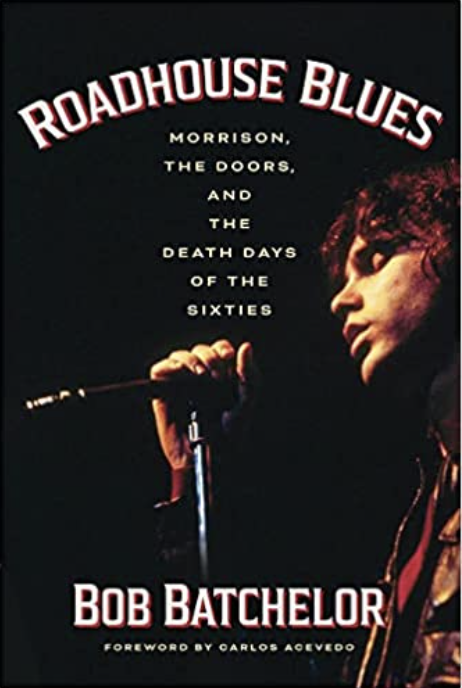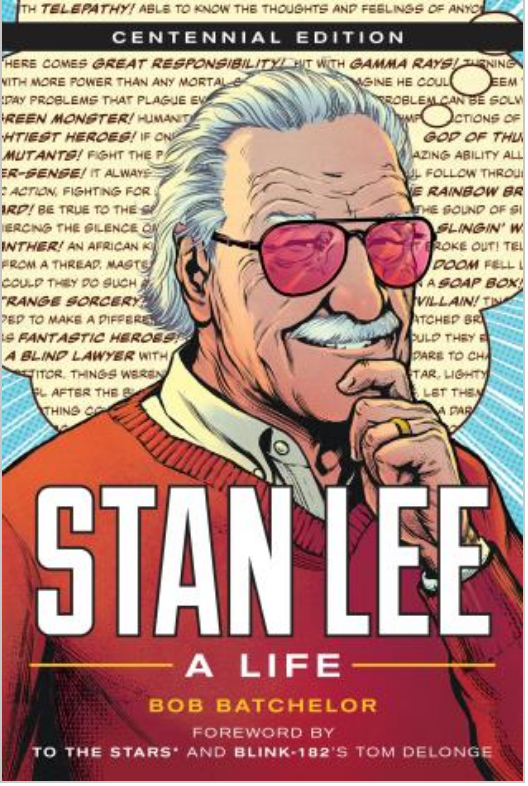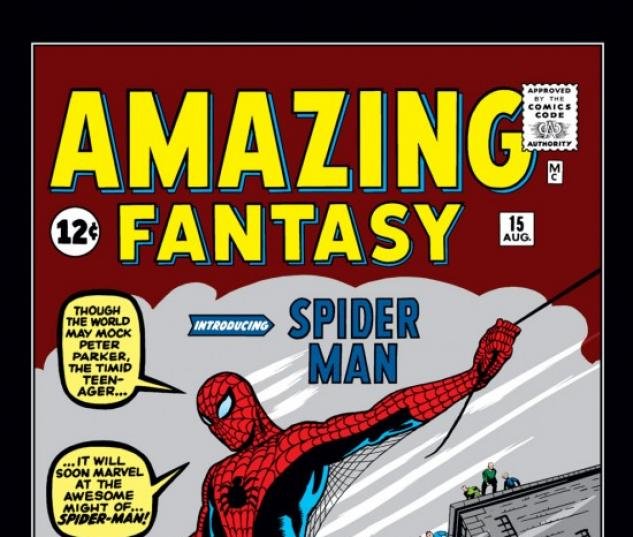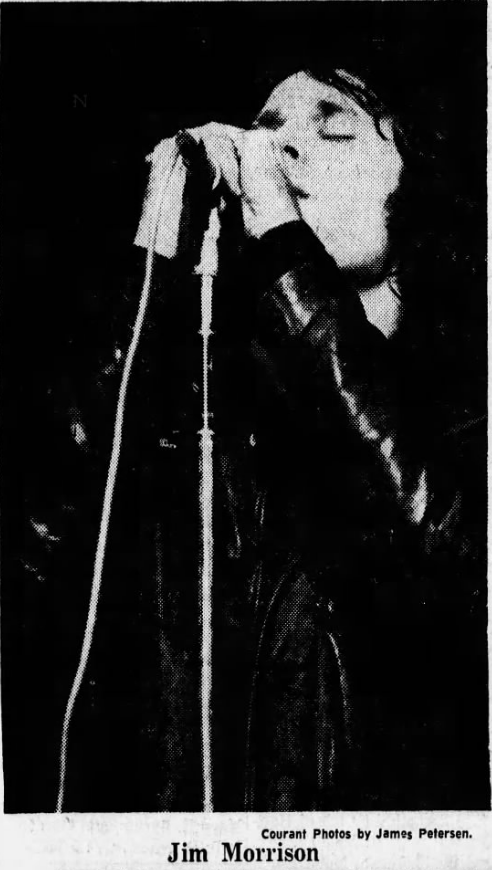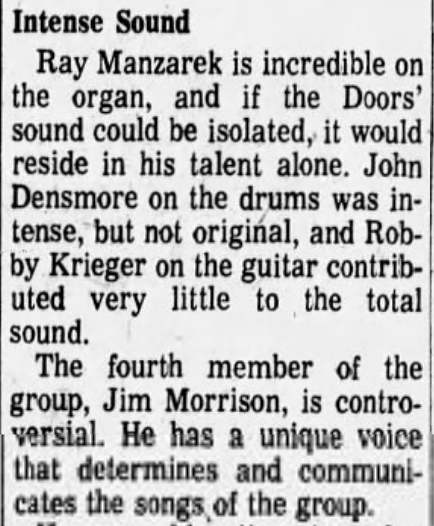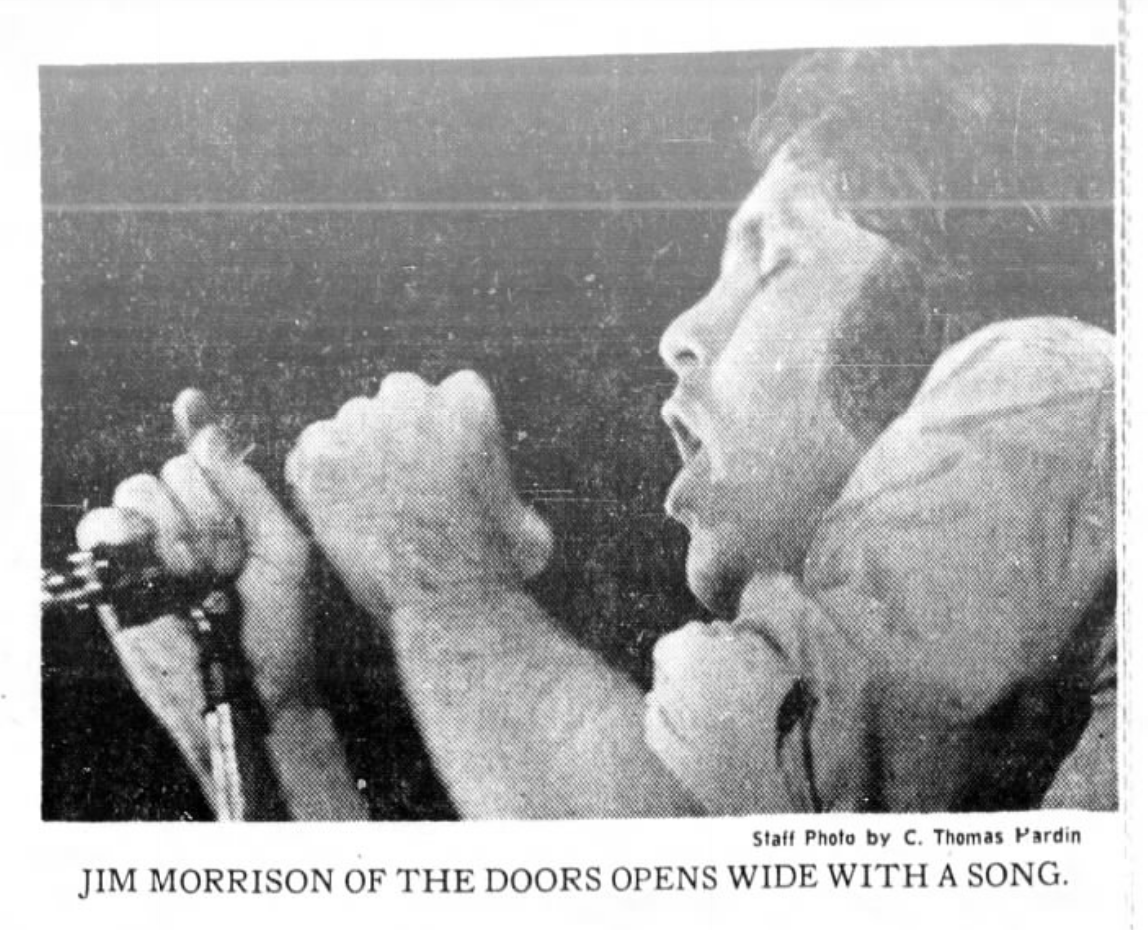Cultural Historian Bob Batchelor Wins Independent Press Award® for Roadhouse Blues, Rollicking Tale of 1960s and 1970s America; Published by Hamilcar Publications
BOSTON & RALEIGH, March 20, 2023 – Shrouded in mystery and the swirling psychedelic sounds of the Sixties, the Doors have captivated listeners across seven decades. Jim Morrison—haunted, beautiful, and ultimately doomed—transformed from rock god to American icon. Yet the band’s full importance is buried beneath layers of mythology and folklore.
Cultural historian and biographer Bob Batchelor looks at the band and its significance in American history in Roadhouse Blues: Morrison, the Doors, and the Death Days of the Sixties (Hamilcar Publications).
Roadhouse Blues Wins 2023 IPA Book Award in Music
In recognition of the book’s excellence in writing, cover design, editorial production, and content, the Independent Press Award recognized Roadhouse Blues as the 2023 book award winner in the Music category. Selected IPA Award Winners are based on overall excellence among the tens of thousands of independent publishers worldwide. Roadhouse Blues is the third award Batchelor has earned from IPA.
“Roadhouse Blues is candid, authoritative, and a wonderful example of Batchelor’s absorbing writing style,” said Kyle Sarofeen, Founder and Publisher, Hamilcar Publications. “Taking readers beyond the mythology, hype, and mystique around Morrison, the book examines the significance of the band during a pivotal era in American history. Readers and reviewers have proclaimed that Roadhouse Blues is the most important book about the Doors ever written, just behind the memoirs of Ray Manzarek, John Densmore, and Robby Krieger.”
Cultural Historian Bob Batchelor Wins 2023 Independent Press Award — #GabbyBookAwards
“Independent publishing is pushing on every corner of the earth with great content,” said Gabrielle Olczak, Independent Press Award sponsor. “We are thrilled to be highlighting key titles representing global independent publishing.”
REVIEWS OF ROADHOUSE BLUES
“Fascinating, informative, extraordinary, and essential reading for the legions of Jim Morrison fans.” – Midwest Book Review
“Bob Batchelor writes with great eloquence and insight about the Doors, the greatest hard-rock band we have ever had, and through this book, we plunge deeply into the mystery that surrounds Jim Morrison. It is Batchelor’s warmth and compassion that ignites Roadhouse Blues and helps explain Morrison’s own miraculous dark fire.” – Jerome Charyn, PEN/Faulkner award finalist
“The most important book for Doors fandom since No One Here Gets Out Alive—and incomparably better! Grouped with Ray, Robby, and John’s books, this is the fourth gospel for fans of The Doors.” – Bradley Netherton, The Doors World Series of Trivia Champion and host of the podcast “Opening The Doors”
For more information, please visit independentpressaward.com. To see the list of IPA Winners, please visit: https://www.independentpressaward.com/2023winners
An excerpt “My Doors Memoir” is available at
https://hannibalboxing.com/excerpt-roadhouse-blues-morrison-the-doors-and-the-death-days-of-the-sixties/ (Open Access)
Hamilcar Publications
https://hamilcarpubs.com
Foreword by Carlos Acevedo
ISBN 9781949590548, paperback
ISBN 9781949590548, eBook
ABOUT BOB BATCHELOR
Bob Batchelor is the author of Roadhouse Blues: Morrison, the Doors, and the Death Days of the Sixties and Stan Lee: A Life. He has published widely on American cultural history, including books on Bob Dylan, The Great Gatsby, Mad Men, and John Updike. Rookwood: The Rediscovery and Revival of an American Icon, An Illustrated History won the 2021 IPA Award for Fine Art. The Bourbon King: The Life and Crimes of George Remus, Prohibition’s Evil Genius won the 2020 IPA Book Award for Historical Biography. Stan Lee: The Man Behind Marvel was a finalist for the 2018 Ohioana Book Award for Nonfiction.
Batchelor’s work has been translated into a dozen languages and appeared in Time, the New York Times, Cincinnati Enquirer, American Heritage, The Guardian, and PopMatters. He hosts “Deep Cuts” on the New Books Network podcast and is creator/host of the John Updike: American Writer, American Life podcast. He has appeared as an on-air commentator for National Geographic Channel, PBS NewsHour, BBC, PBS, and NPR. Batchelor earned a doctorate in Literature from the University of South Florida. He and his wife Suzette live in North Carolina with two wonderful teenage daughters. Visit him at www.bobbatchelor.com or on Facebook, LinkedIn, or Instagram.
Contact:
Kyle Sarofeen, Publisher, Hamilcar Publications
kyle@hamilcarpubs.com
OR
Bob Batchelor, bob@bobbatchelor.com
###


